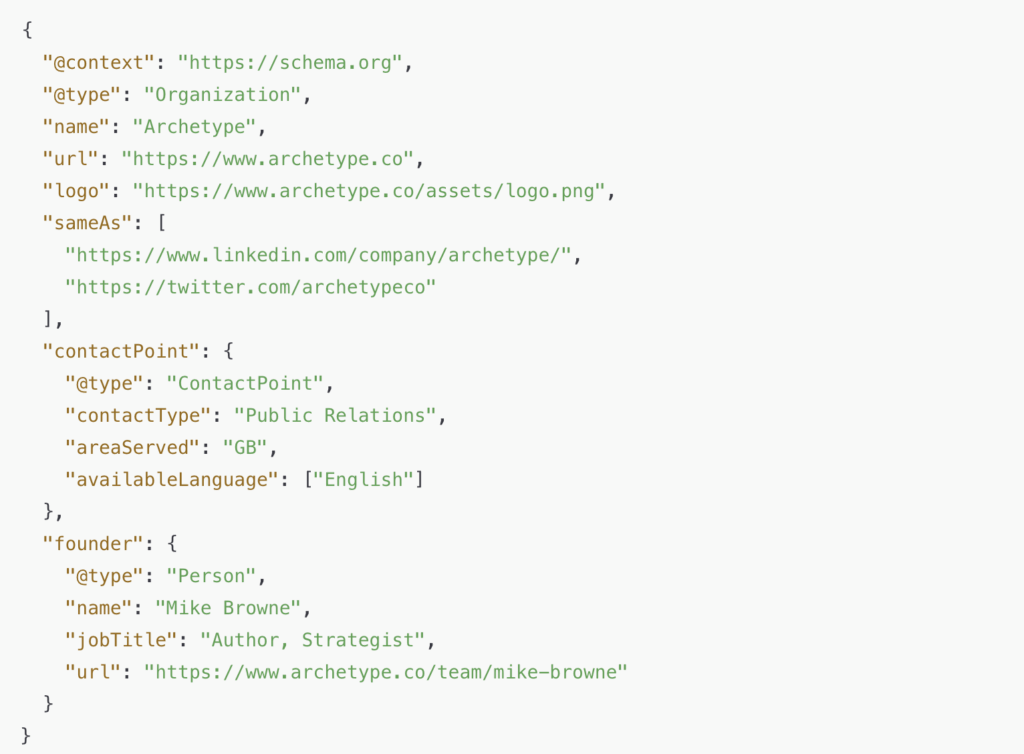
Five steps brands can take to build AI search resilience
Key Takeaways:
- ChatGPT reached 800 million weekly active users in September 2025, dominating 80% of the AI search landscape.
- Brands invisible to generative AI platforms risk losing visibility to a large portion of their market.
- Search is moving beyond browsers and LLMs now interpret and cite authoritative content directly.
- Brands must apply Generative Engine Optimisation (GEO) and optimise their digital presence for AI search.
Five steps to build AI search resilience:
- Answer first, elaborate later: Front-load answers in content.
- Use structured data: Make schema, metadata, and hierarchy clear.
- Build individual authority: Highlight experts, not just the brand.
- Cite industry-specific sources: Focus on niche expertise mentions.
- Ensure site efficiency: Optimise speed, architecture, and data.
Human curiosity is always a given, but not where it is focused. The internet search box as we’ve known it for decades is under fire; ChatGPT reached 800 million weekly active users in September 2025, doubling its February count. While still trailing Google’s 8.5 billion daily searches, ChatGPT commands 80% of the AI search landscape, signalling that potential clients are no longer relying on traditional search tools.
Instead, they are asking ChatGPT, Perplexity and a host of other Large Language Models (LLMs) to offer insights about brands and recommend vendors before they ever visit specific websites. Shopify, for example, has seen AI traffic soar by some 700% this year. So, if your business is not optimised for these generative AI platforms, then frankly you are invisible to an increasingly significant portion of your target market.
The nature of search is changing
Search has moved beyond the browser’s search bar. In turn, how users engage with search is also changing. Success in AI search hinges on understanding user intent. When your content delivers clear, immediate answers to user questions, it earns citations as a trusted source, positioning your brand as an authority.
Then there is more comprehensive research, where AI tools pull together information from multiple sources. For an organisation to be included, content needs to be comprehensive and offer a clear differentiation. Increasingly, users are asking AI tools specifically about brands. AI tools will evaluate your entire digital presence to answer that question. If your site, or wider earned media coverage, does not demonstrate expertise it will show up as a weakness, or not show up at all.
So what can a brand do to ensure it shows up in AI results quickly, comprehensively and demonstrating expertise? The solution is to make it as easy as possible for AI systems to find, verify and confidently cite your brand as a reliable source of information by following the basics Generative Engine Optimisation (GEO).

Search is no longer simply about keywords, and brands must present clear, authoritative information to be recognised by AI tools.
Five steps your company must take for GEO discovery
GEO is the practice of optimising a brand’s digital presence and content to increase visibility and prominence in AI-generated responses from tools like ChatGPT and other large language models. We suggest to clients that there are five fundamental parts to ensuring everything is aligned for the best response possible.
1: Answer first, elaborate later
A brand’s solution pages, case studies, and thought leadership pieces need to answer the core question within the first two sentences. Then provide the depth and detail. This isn’t dumbing down a site’s content; it’s structuring it so AI tools can quickly identify what you are answering and cite your brand as the source.
The easiest way to do this is to audit key service pages. Do they immediately answer, “What problem does this solve?” and “How does this work?” If a potential client has to read three paragraphs to understand your organisation’s core value proposition, AI tools will certainly just move on to a competitor who has structured content more clearly.
2: Structured data as a competitive advantage
GEO isn’t a replacement to well-disciplined SEO, it’s an extension. But now you need to obsess more over structured data. Ensuring that schema markup, metadata and heading hierarchies are all in place means that LLMs can better understand a site and pull the right relevant information.
This isn’t glamorous work. It’s technical and tedious, but it’s the foundation that determines whether generative AI can even find and understand your content well enough to recommend it. The Archetype Development team are specialists in handling these areas.

Example of optimised schema markup and structured data to enhance GEO discoverability.
3: Build individual authority, not just brand authority
When someone asks ChatGPT “Who are the leading experts in B2B demand generation?”, it will list individual thought leaders first, companies second. If you’re publishing everything under a generic company byline, you’re missing the opportunity to build the personal authority that AI tools recognise and recommend. Individual authority builds faster and translates directly to company credibility, so always cite the author and their expertise.
4: Cite industry-specific authority
We know that earned coverage is the end-goal of many comms projects, and in the age of GEO, being mentioned (even without a backlink) on a high-ranking site adds authority to a brand. However, what are often considered Tier One or general interest publications are not always necessary as AI tools evaluate expertise based on signals from sources they recognise as authoritative within a brand’s specific domain.
As a result, a mention in a niche industry publication signals subject matter expertise more effectively than generic business coverage. This is the difference between digital PR (building your reputation where AI tools look for expertise signals) and traditional PR (building broad brand awareness). Both matter, but for GEO purposes, focused industry authority wins.
5: Site efficiency determines who gets recommended
As with traditional SEO, technical site health is quietly determining which sites are being sourced by AI tools. It will come as no surprise that page speed, mobile experience, proper structured data, logical site architecture are all factors being taken into account. After all, poor technical performance tells algorithms your content isn’t worth the wait.
The Archetype advantage
It’s quickly becoming clear that GEO isn’t just a nice-to-have, it’s becoming an increasingly critical part of the B2B buying journey. Companies that capitalise on it may not necessarily be the largest or most established, but they are likely to be the ones that understood this shift early and structured their content appropriately.
We’ve partnered with leading innovators in the AI space, enabling us to deploy a proven system for AI visibility and GEO that’s delivering strong results for our clients. Our process highlights how brands appear in AI platforms like ChatGPT, Claude, and Perplexity, while our expertise allows us to use this information to create and restructure content for greater AI visibility. As a result, clients are seeing measurable increases in citations, brand mentions, and authoritative positioning in AI-generated responses.
In short, it’s about taking the fundamental building blocks of SEO and moving strategies forward. If you want to ensure your company shows up when potential customers ask AI tools for recommendations, let’s talk.



